SUMMARY
This is AI generated summarization, which may have errors. For context, always refer to the full article.
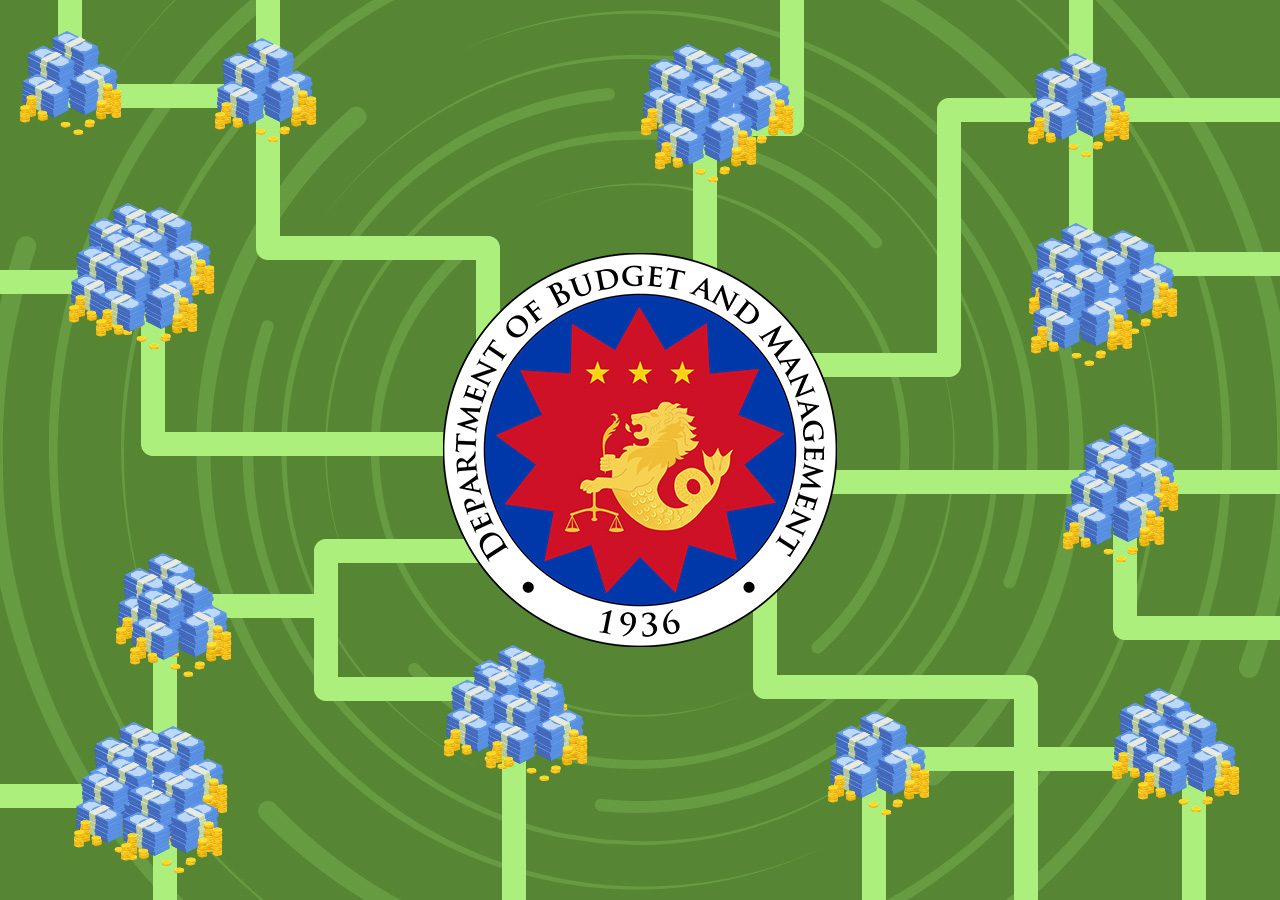
The 1987 Philippine Constitution outlines the government’s framework for the budget process.
As elaborated by the Department of Budget and Management (DBM), the budget process involves four distinct phases:
- Budget preparation
- Budget authorization
- Budget execution
- Budget accountability
While distinctly separate, these processes overlap in the implementation during a budget year. Budget preparation for the next budget year proceeds while government agencies are executing the budget for the current year and at the same time engaged in budget accountability and review of the past year’s budget.
Budget preparation
The Philippine Constitution requires the submission of the President’s budget 30 days from the opening of each regular session of Congress.
The first steps of the annual budget preparation begins with the determination of the overall economic targets, expenditure levels, revenue projection, and the financing plan by the Development Budget Coordinating Committee (DBCC).
Following this, the DBM will issue a Budget Call, which defines the budget framework; sets economic and fiscal targets; prescribes the priority thrusts and budget levels; and spells out the guidelines and procedures, technical instructions, and the timetable for budget preparation.
The various government agencies will then prepare their respective detailed budget estimates that rank programs, projects, and activities using the capital budgeting approach and submit these to the DBM. Budget hearings are then conducted, where agencies justify their proposed budgets before the DBM technical panels.
After the submission of proposed expenditure programs by the respective agencies, and the subsequent approval by the DBCC, the proposed budget is reviewed and approved by the President and the Cabinet. Finally, the President submits the proposed budget to Congress.
Budget authorization
The President submits his proposed annual budget to Congress in the following documents:
- Budget of Expenditure and Sources of Financing (BESF)
- National Expenditure Program (NEP), containing the details of proposed expenditures
- President’s Budget Message, summarizing the budget policy thrusts and priorities for the year
Article VI, Section 24, of the 1987 Philippine Constitutions provides for Congress’ authority for “all appropriation, revenue or tariff bills, bills authorizing increase of the public debt, bills of local application, and private bills,” which is why Congress is often considered as having the “power of the purse.”
The House of Representatives is first to review the proposed budget. Budget hearings for each department or agency are held by the appropriations committee together with the respective House subcommittees to scrutinize the details of the proposed programs and projects. The House’s amendments are reflected in its General Appropriations Bill approved by the House body.
While these hearings are taking place in the House, the Senate finance committee, along with its different subcommittees, will simultaneously conduct its own hearings on the proposed budget and submit its own amendments as well. The role of the Senate is to propose or concur with amendments to the General Appropriations Bill passed by the House. A Senate General Appropriations Bill reflecting amendments is approved by the Senate body.
Any differences in the respective bills are threshed out by a bicameral conference committee, which is composed of members from both the House and the Senate. A common, harmonized version is finalized as the General Appropriations Bill (GAB).
Once the GAB is finalized and approved by Congress, the President signs and enacts it into law as the General Appropriations Act for that fiscal year. The 1987 Constitution provides that “If, by the end of any fiscal year, the Congress shall have failed to pass the general appropriations bill for the ensuing fiscal year, the general appropriations law for the preceding fiscal year shall be deemed reenacted and shall remain in force and effect until the general appropriations bill is passed by the Congress.”
Important budget documents
Throughout the budget process, the details of the proposed programs and expenditure amounts are published and can be found on the website of the Department of Budget and Management: https://dbm.gov.ph/.
The primary sources of budget data presented in this report were obtained from the following documents:
– Right to Know, Right Now! (R2KRN) Coalition/Rappler.com
This piece is republished with permission from the Action for Economic Reforms and the Right to Know, Right Now! (R2KRN) Coalition. The R2KRN Coalition is a network of advocates campaigning for the passage of the Freedom of Information law and the promotion of FOI practice in the country.
Add a comment
How does this make you feel?
![[In This Economy] Why Marcos is getting high on unprogrammed funds](https://www.rappler.com/tachyon/2024/07/TL-marcos-program-funds-july-19-2024.jpg?resize=257%2C257&crop=265px%2C0px%2C720px%2C720px)
![[In This Economy] Is the Marcos government unlawfully dipping into PhilHealth funds?](https://www.rappler.com/tachyon/2024/07/marcos-government-philhealth-funds-july-12-2024.jpg?resize=257%2C257&crop=425px%2C0px%2C1080px%2C1080px)


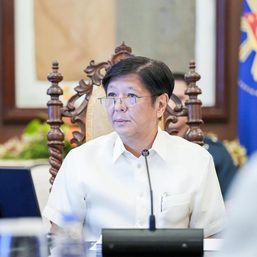

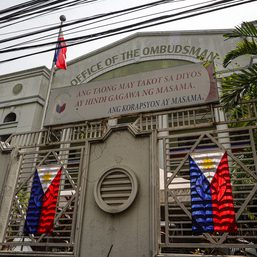
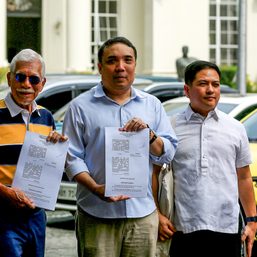
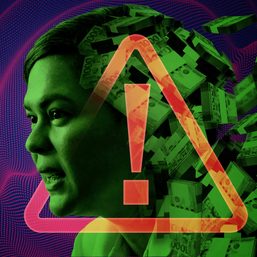
There are no comments yet. Add your comment to start the conversation.